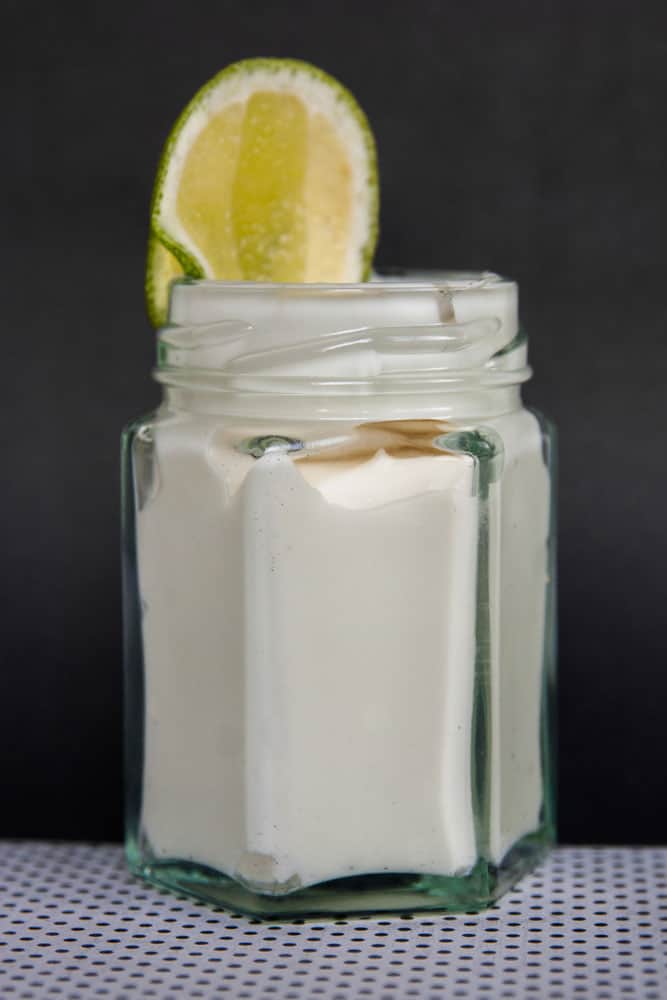It's long since been established that eggs aren't a necessary ingredient for a successful mayonnaise. Save recipes with a large quantity of egg yolks, their inclusion has never been for flavour but rather for their emulsifying and stabilising properties. Emulsification is when two liquids are combined in a way so that one is suspended in the other, such as the suspension of oil in water as is the case in mayonnaise.

Anyone who's paid the slightest bit of attention to life has probably noticed that oil and water don't mix, or not without a little help anyway. Emulsifiers are utilised as that helping hand, the force to make these opposites stop being so, um, oppositional and hang out together already. Because a mayonnaise free life would be pretty miserable.
Okay, so will homemade mayonnaise attempts fail if you take egg yolks or an equivalent emulsifier out of the equation? Well, not really. Despite everyone talking about emulsifying stuff to make stuff that's stable stuff, it's still possible to force a semi stable emulsion even in the absence of an emulsifier.
Clear as mud, yes?
Making a semi stable mayonnaise
The reference to semi stability infers that the egg free mayonnaise will not maintain its stable form forever, and that is true if an emulsifying agent isn't added. The addition of egg yolks keeps mayonnaise stable over a longer period, but unless you plan on waiting until your mayo has a fuzzy layer of added growth then you don't need to worry too much. The vegan mayonnaise recipe I've provided is stable enough to endure for many weeks in the fridge.
Each emulsifier (e.g. egg yolk, lecithin) molecule contains two polar ends, one that's hydrophobic (water phobic) and one that's hydrophilic (water soluble). The latter end loves water and will happily bond with it, but the hydrophobic end isn't a player and wants nothing to do with water. The oil-loving end gets dug into the oil while the water-loving end gets cosy with the water, and then the whole lot is stuck together and hence stably emulsified.
So basically, this vegan mayonnaise recipe isn't emulsified in a way that meets the true definition of emulsification (as it's missing an emulsifier), but it still works because yay science. I could explain further, but for the time being I'm going to assume you're fed up with reading and you just want to make some mayonnaise already. OMG just be quiet and tell me how to do this thing. Okay.
📖 Recipe
Homemade Garlic Lime Vegan Mayonnaise
Ingredients
- 60 millilitres unsweetened soya milk ¼ cup
- 30 millilitres freshly squeezed lime juice 2 tablespoons
- 1 teaspoon sugar
- ½ teaspoon sea salt flakes Maldon is recommended
- ⅛ teaspoon mustard powder
- 1 clove garlic
- 240 millilitres flavourless vegetable oil 1 cup
Instructions
- Liquidise all of the ingredients but the oil, until the garlic is broken down completely and the liquid is thoroughly blended (10-15 seconds on a medium-low to medium setting should do the trick).
- While the machine is running on a medium setting, slowly drizzle the oil into the blender. The contents will begin to thicken after half to ¾ of the oil has been added, and will be the right consistency by the time the last drop falls in.
- Refrigerate and use as desired within a week or two.